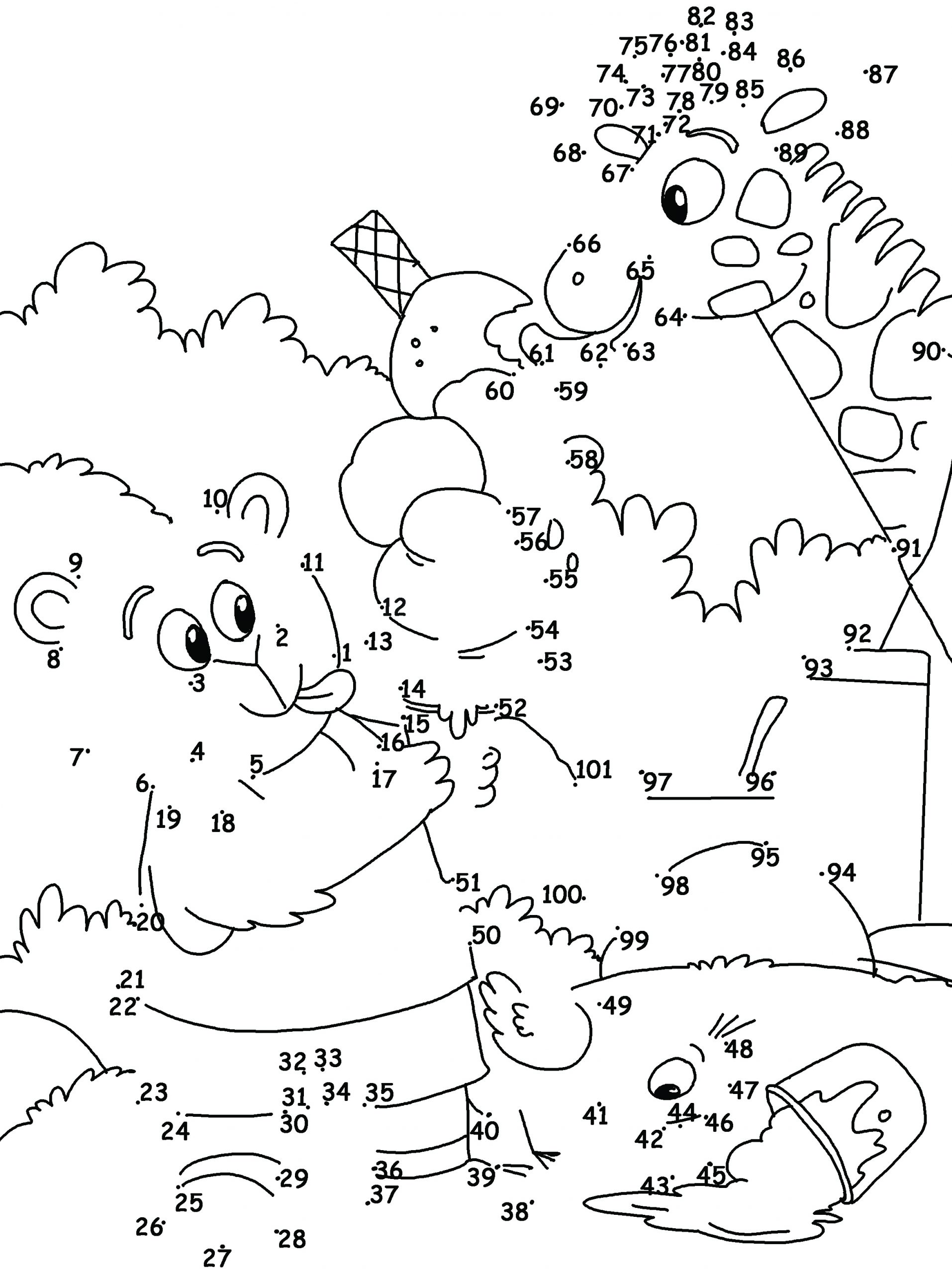
SEO Keywords: animals

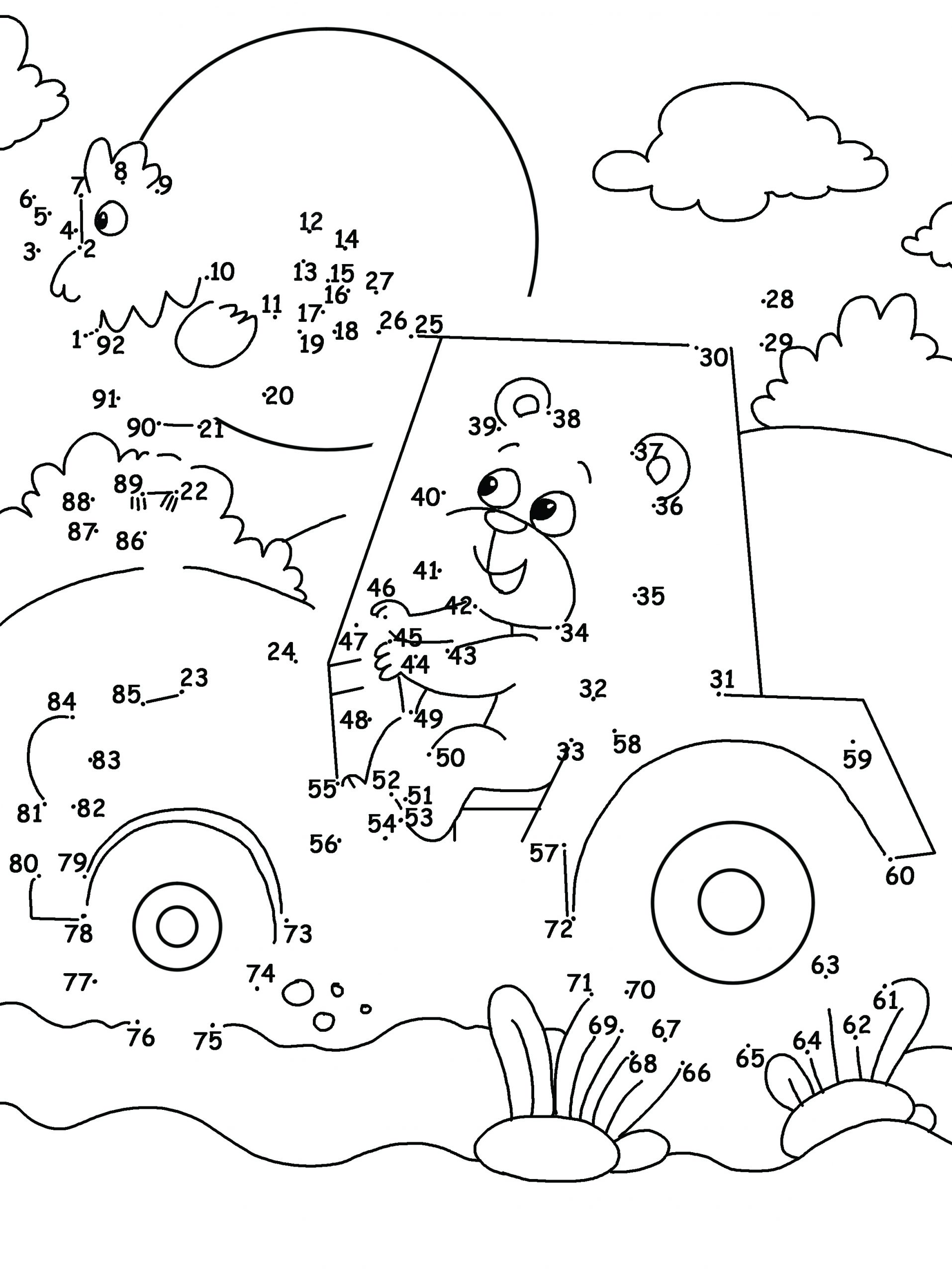
Bear Drives!
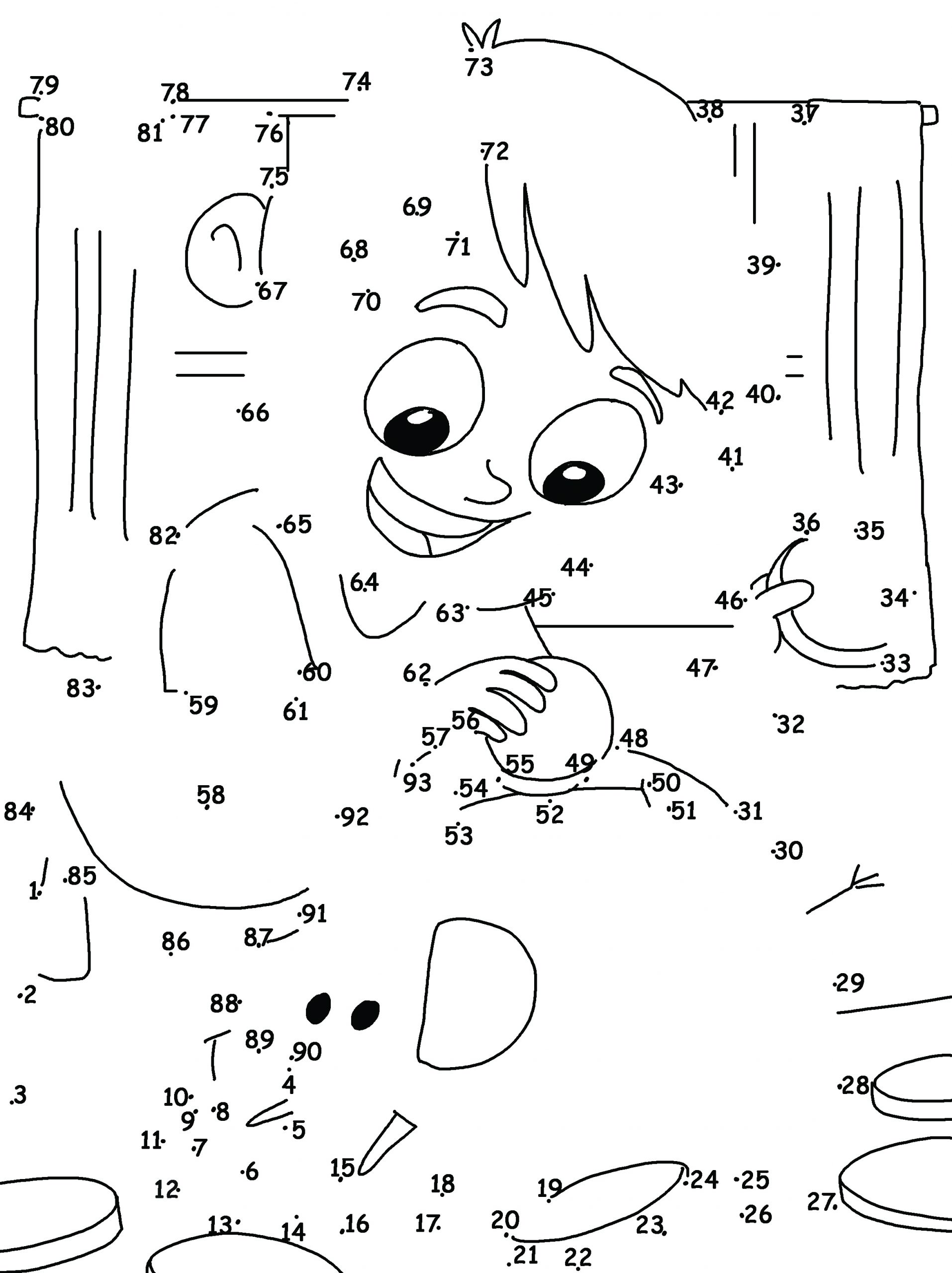
Do It Yourself!
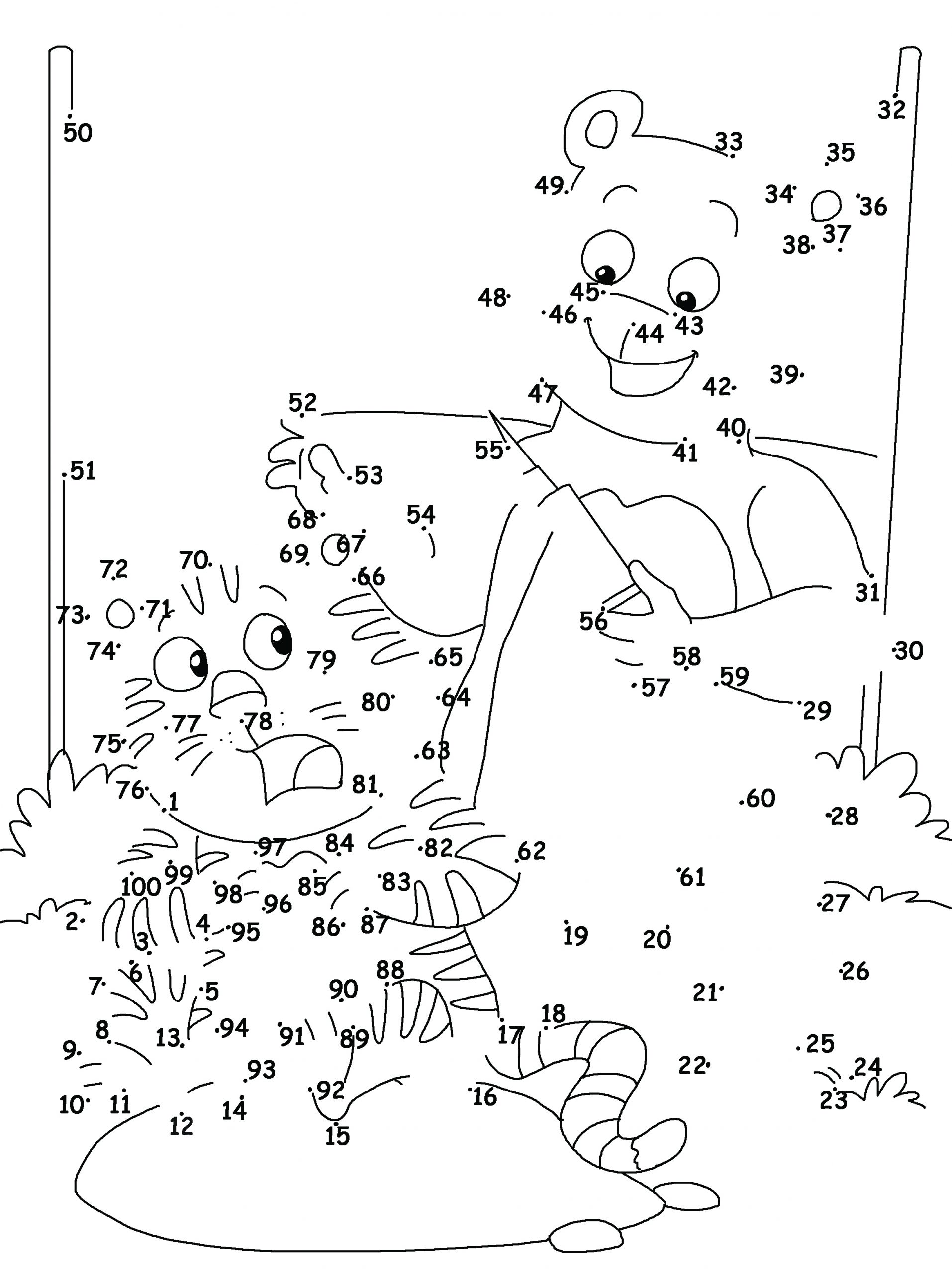
Tiger’s fear?
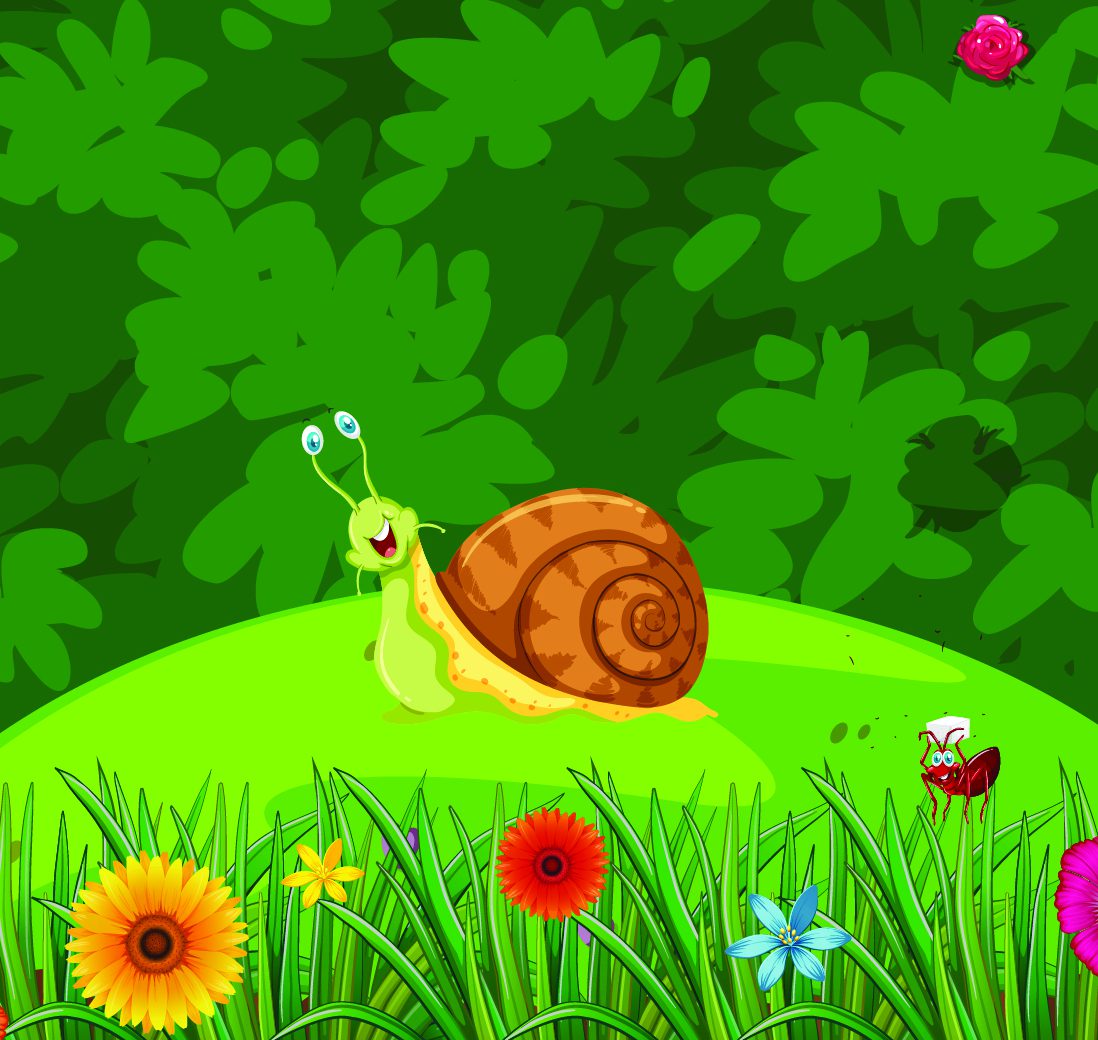
Giant African Snails
Humans grow hair, nails due to the presence of keratin in our body. But one thing that we can’t grow is a pair of eyes! However, land snails unlike us, re-grow their eyes, if damaged.
Most land snails have eyes on the ends of their two upper long tentacles. The head has one to two pairs of tentacles which have the eyes at the tips. These tentacles can regrow if severely damaged and if a snail’s eye is cut off, the antennae can regrow a new eye when the antennae grows.
Snails don’t have a clear vision, but can detect changes in big and light objects. If you place a finger in front of the snail’s eyes, it can sense it and will instantly retract or draw back its eye into the tentacle to protect itself.
The Giant African land snail is known to eat more than 500 different types of plants.

Giggling Animals
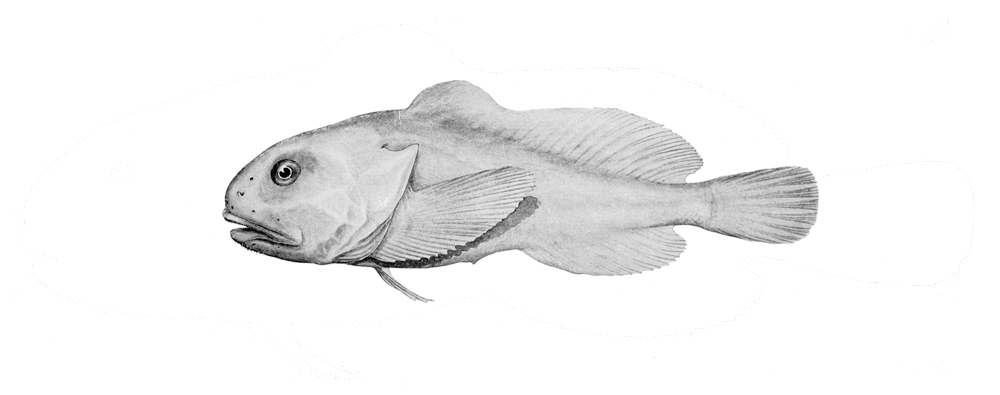
Blob Fish
When we humans stay underwater for too long, our skin changes its appearance. It begins to look pale and wrinkly. This is because water is not our natural habitat. This is exactly what happens to blobfish.
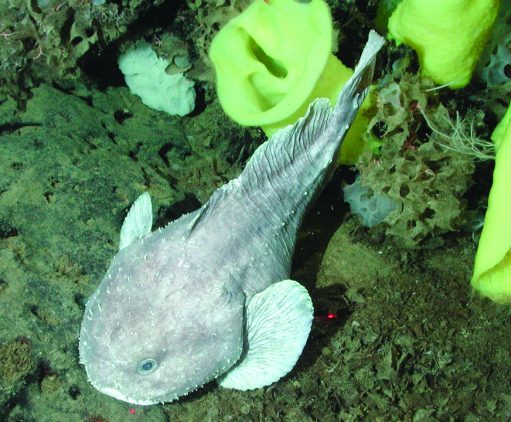
This is how blobfish look when they are deep in the ocean.
These creatures live off the coast of Australia, somewhere between 2,000 and 4,000 feet beneath the waves. Here, the pressure is up to 120 times higher than the surface.
Fish that swim in this high-pressure area have a swim bladder, which are sacs of air in their body that help them swim without cracking their bones. However, blob fish don’t have a swim bladder. Their bones and body are soft like jelly so
they don’t crack under pressure. Hence, they are able to swim deep in the ocean. The water pressure keeps their muscles tight, making them look like ordinary fish.
But when they are taken out of their natural habitat and bought up to the surface, the pressure drops, making them look saggy and droopy. This is why they are also known as one of the ugliest fish in the ocean.
Blobfish don’t have teeth. They don’t hunt and keep their mouth open to swallow crabs, sea urchins and shellfish.
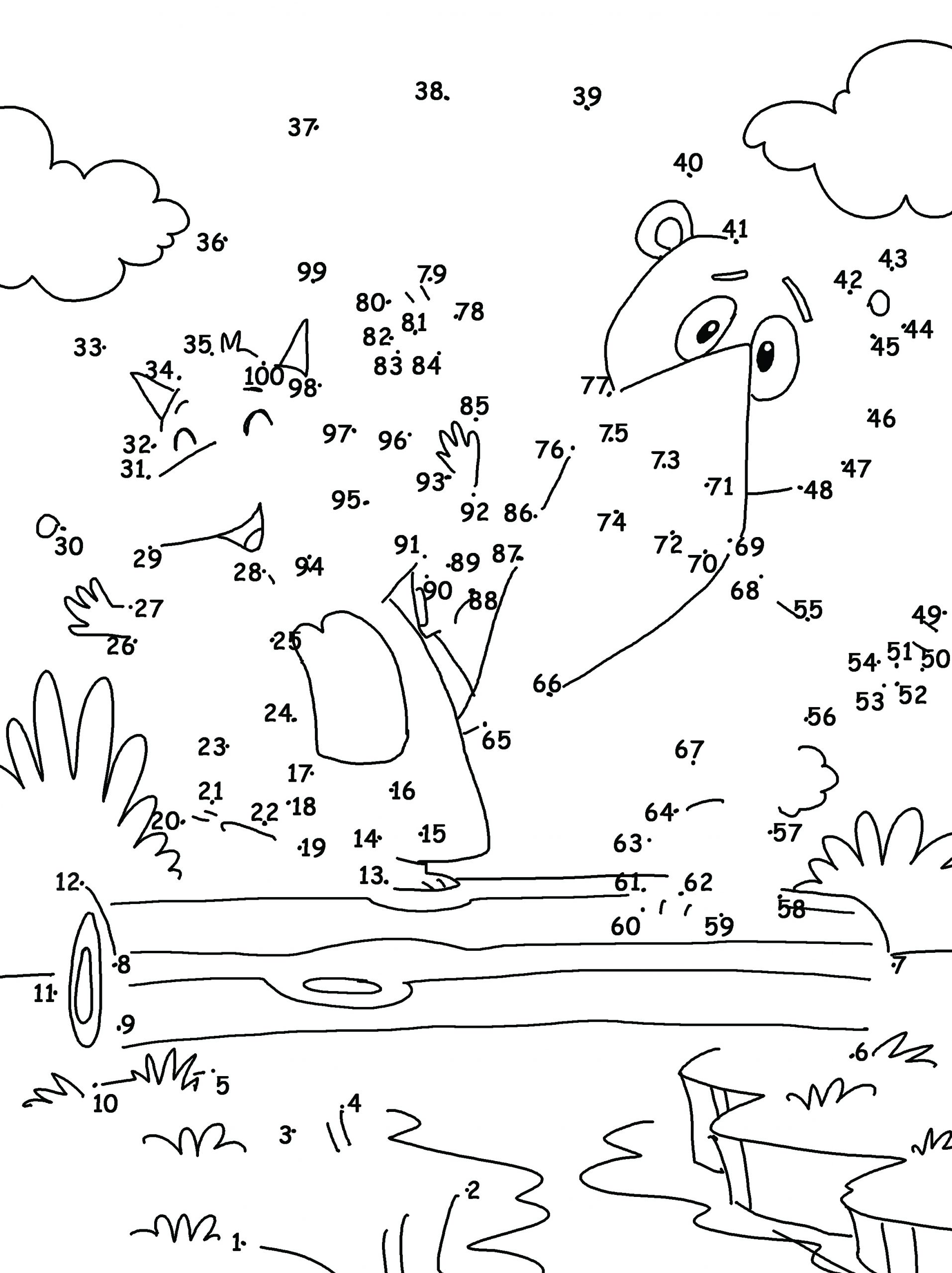
A Forest Trail!
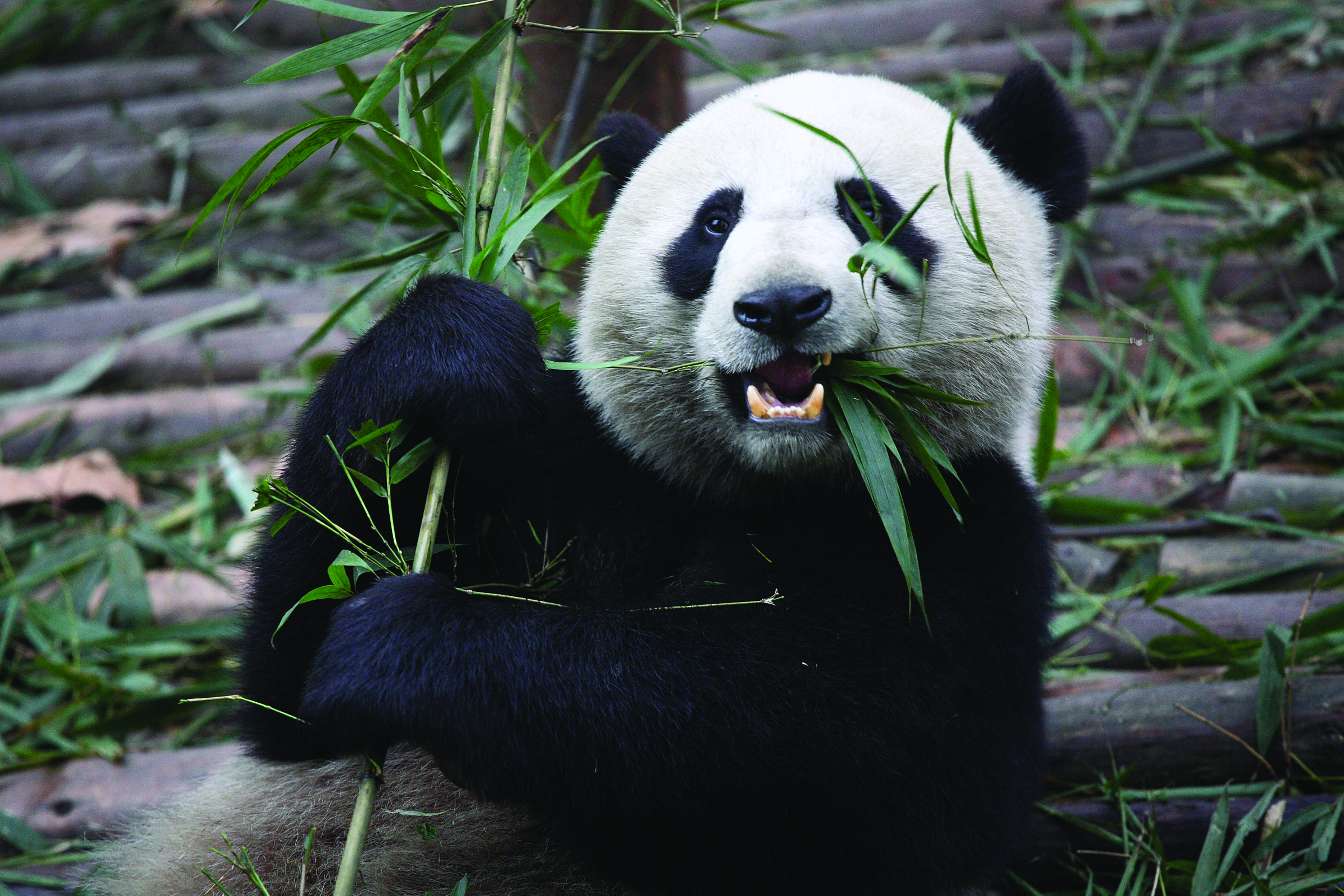
Giant Pandas
Giant pandas are large cuddly-looking animals. They have a heavy body, rounded ears, a big head and a short tail. Found in China, these pandas eat while sitting in an upright position holding food in their hands, just like humans.
Giant pandas survive almost entirely on bamboo, which is low in nutrition. Hence, they eat 12 to 38kgs of bamboo per day to get enough nourishment. But bamboo does not digest properly in their stomachs and passes undigested. To digest as much as possible, pandas sit upright and eat for more than 12 hours a day. Sitting upright helps them use their front paws to hold their food comfortably.
Their front paws have five clawed fingers and an extra bone that works like a thumb. Pandas use this bone and their fingers to grasp their food.
As they spend most of their time eating, sitting upright leaves their front paws free to pick and trim leaves.
Giant pandas begin climbing trees when they are 7 months old.
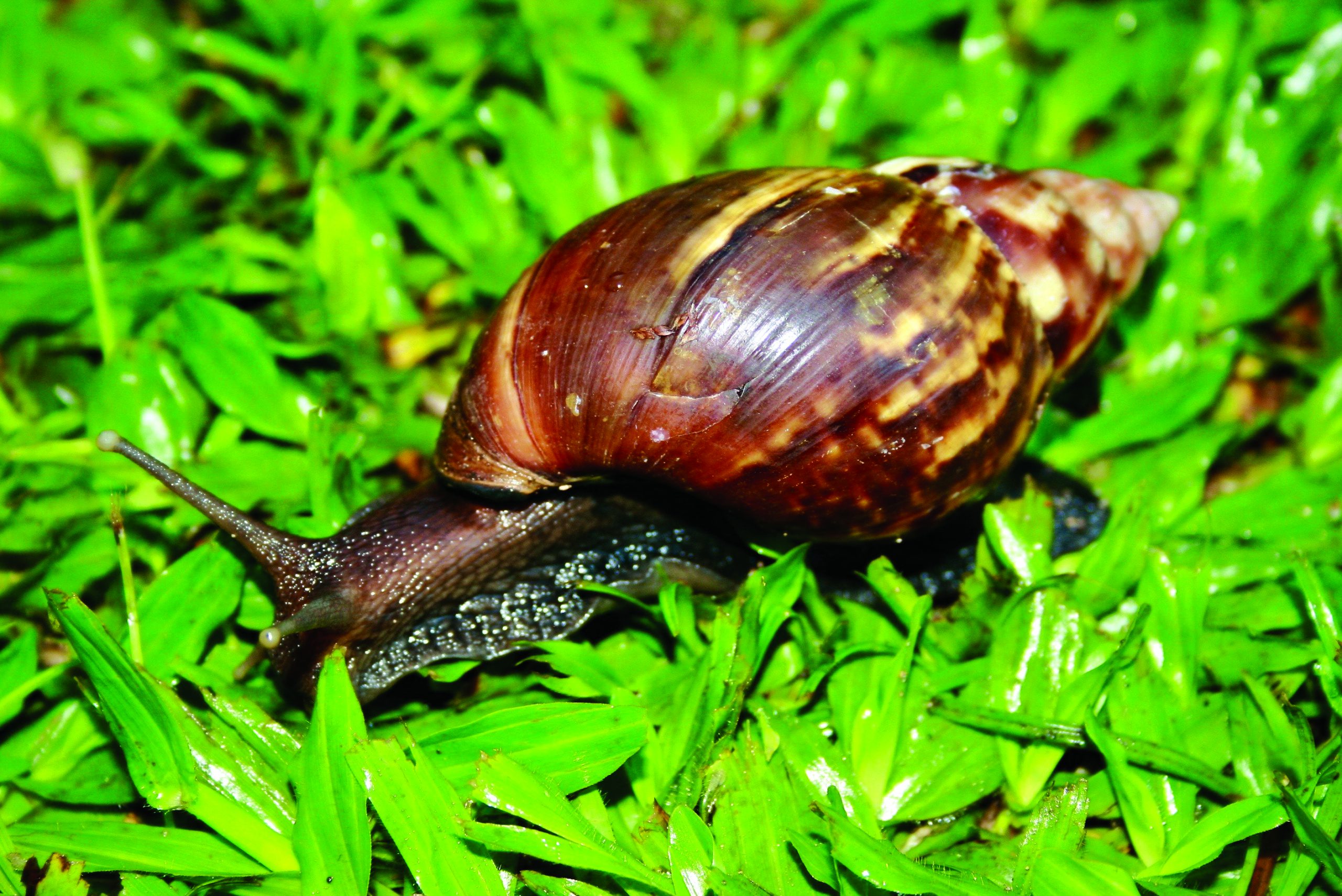
Snails & Slugs
Our days run in cycles of 24 hours. We sleep for about 8-10 hours and work and play for the remaining 14. So, we tend to group animals into a 24-hour cycle when we think about their sleeping pattern.
But the sleeping pattern of snails is quite different compared to that of humans. These gastropods (animals that have no spine and has a soft body with a flat base for moving and often has a shell) do not follow the same cycle as that of humans. Their sleep cycle lasts for 2-3 days.
Their sleeping pattern coincides with the weather conditions. Snails go into a deep sleep to avoid the harsh weather because they are dependent on moisture to survive. They hibernate during the cold winters and estivate during the summer.
During hibernation and estivation, they curl up inside their shell and secrete
a layer of mucous that keeps them protected from external conditions.
So unlike humans, they do not care about the sun’s schedule and don’t need to make up for lost sleep.
Both, snails and slugs are gastropods. However, one thing that sets them apart from each other is that snails have shells and slugs don’t.
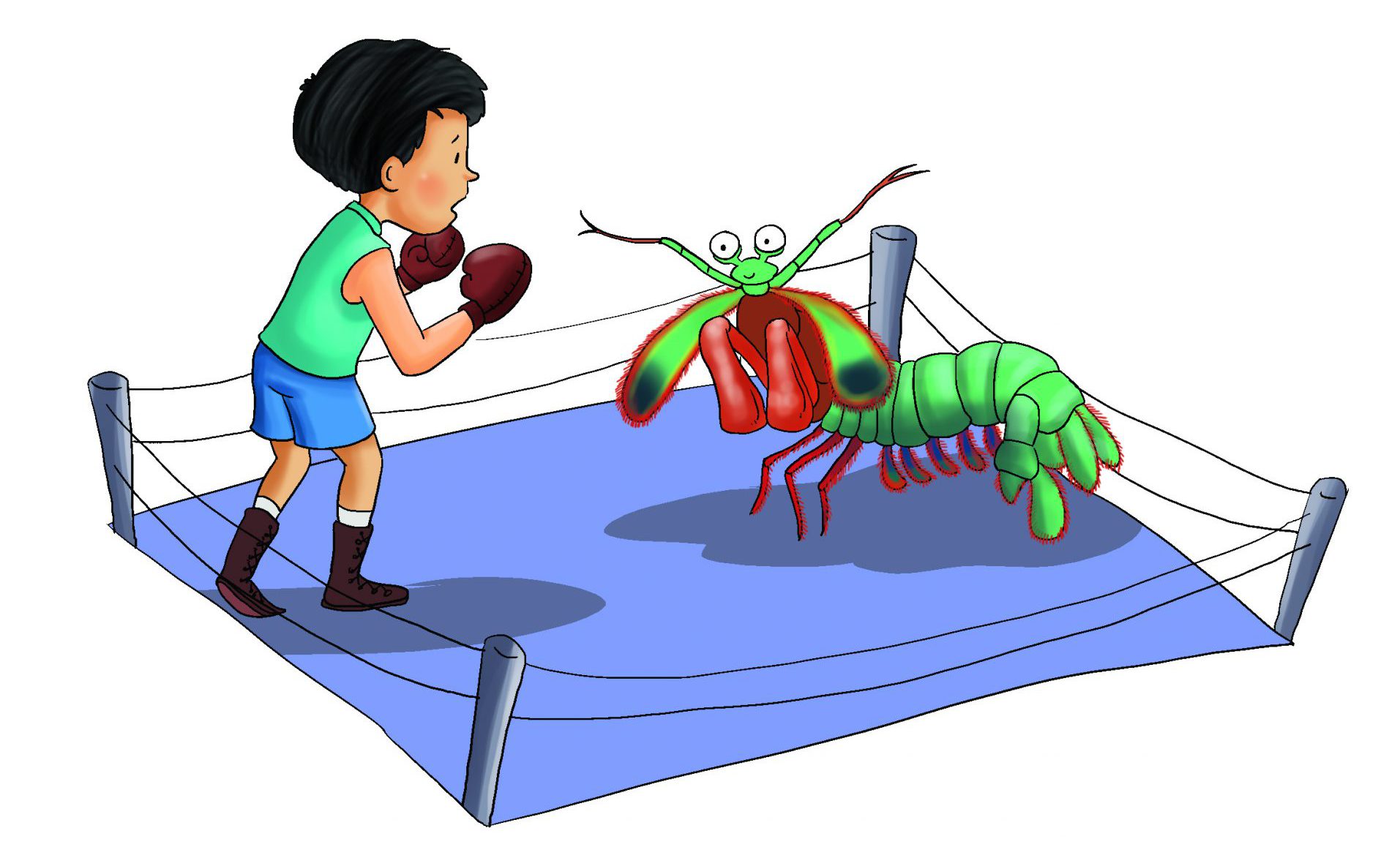
Mantis Shrimps
Humans train for years at throwing punches to become good boxers. However, Mantis shrimps have a naturally powerful punch.
Mantis shrimps are found in the shallow waters of the Indian and Pacific oceans. They are very colourful and their size ranges from two to seven inches. They are crustaceans, which means that they are animals with a hard outer shell.
Mantis shrimps can throw the fastest punches in the world. They use their powerful punch to hunt for preys. Their punches can break through crab shells and walls of fish tanks as well.
Their bodies have adapted to throw fast punches. When their upper arms contract, their body’s energy gets stored in a small saddle- shaped part in their body. This acts like a spring that has been compressed. All this energy is released at once, leading the lower arm ahead quickly. Each punch produces small flashes of light, upon impact. These small flashes occur because their claw moves so fast that it lowers the pressure of the water in front of it, causing it to boil.
A Peacock Mantis shrimp’s punches are as fast as a bullet.
